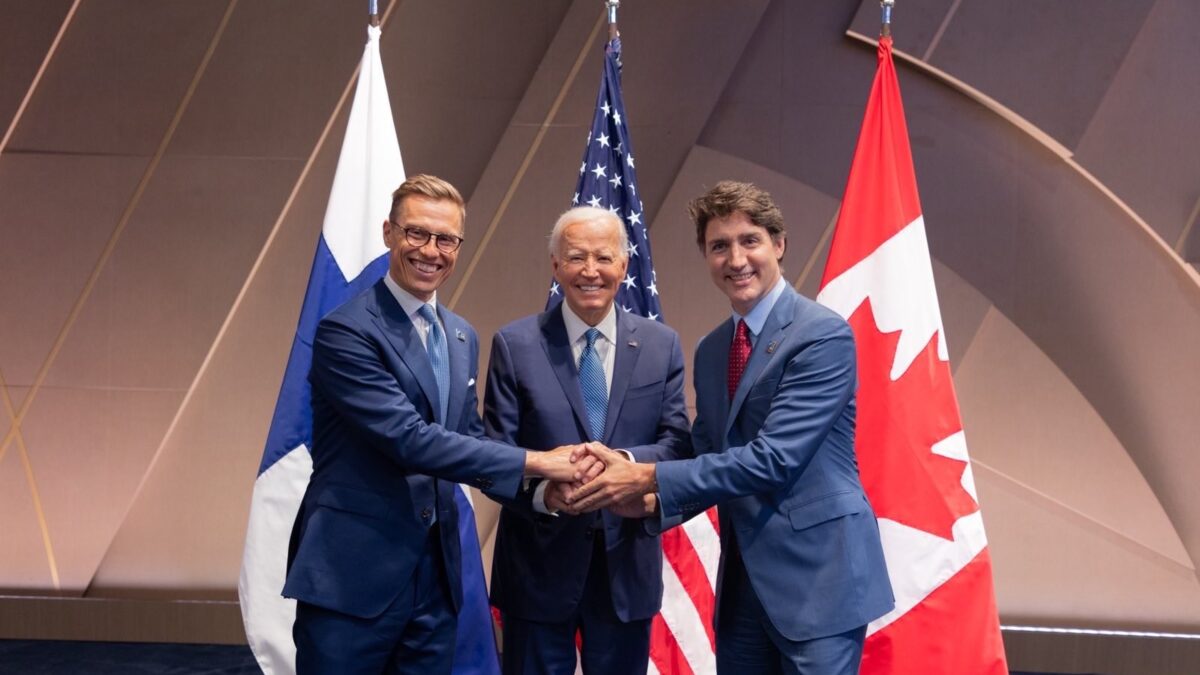Davie, the prominent multinational shipbuilder based in Canada, has revealed plans to play a significant role in a groundbreaking trilateral agreement involving the governments of Canada, Finland, and the United States.
During the NATO summit in Washington, D.C., Canadian Prime Minister Justin Trudeau, Finnish President Alexander Stubb, and U.S. President Joe Biden officially launched the Icebreaker Collaboration Effort, known as the “ICE Pact.” This initiative is set to enhance collaboration among the three nations to expedite and reduce the cost of producing essential icebreakers for both domestic use and export.
In a world marked by increasing instability, NATO allies are demonstrating a newfound urgency to cooperate on research, trade, energy, and security in polar regions. Icebreakers, crucial for navigating these contested areas, have become a shared priority. While adversaries’ shipbuilding industries are operating at peak capacity, Western allies find themselves lacking adequate icebreakers and other specialized vessels. No single nation can address this challenge independently, but through shared goals and advanced shipbuilding capabilities, allied countries can make significant strides.
Davie has praised the vision behind the ICE Pact. With advanced facilities in both Canada and Finland, Davie is well-positioned to contribute significantly. Its Finnish division, Helsinki Shipyard, has constructed over half of the global icebreaker fleet, and Davie is currently handling the world’s largest polar icebreaker order for the Canadian government in Québec.
The demand for these complex vessels is at an all-time high, with over 80 active projects across Western countries. Through the ICE Pact, international diplomatic cooperation will enable icebreaker builders to seize these opportunities.
The ICE Pact focuses initially on three key areas: enhancing information exchange, developing the workforce, and inviting partners and allies to purchase icebreakers built in Canada, the U.S., and Finland. In the coming months, a memorandum of understanding will establish a practical framework for implementing the ICE Pact in each nation, including mechanisms for incorporating new partners and allies.
By increasing the efficiency, resilience, and competitiveness of shipbuilding within the partner countries, the ICE Pact aims to produce superior ships for both domestic and international markets. This effort will bolster collective maritime capabilities, drive economic growth, and create thousands of skilled jobs.

